Prospects of nuclear power

Go to the mines! Scouts, specializing in search of uranium deposits, again resumed 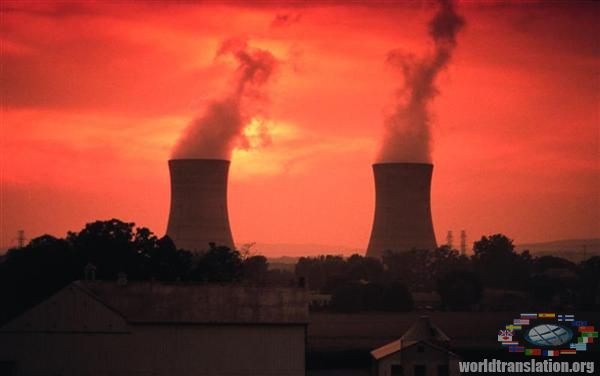 their activity. Their services were not in demand for over twenty years, during the so-called " nuclear winter", which followed the accident at the nuclear power plant Three Mile Island (USA, Pennsylvania) in 1979 and the Chernobyl disaster in 1986. Now they are again scouring the globe in search of the precious mineral.
their activity. Their services were not in demand for over twenty years, during the so-called " nuclear winter", which followed the accident at the nuclear power plant Three Mile Island (USA, Pennsylvania) in 1979 and the Chernobyl disaster in 1986. Now they are again scouring the globe in search of the precious mineral. 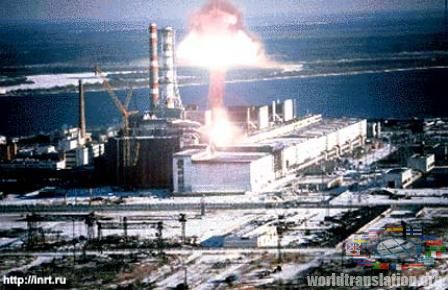 From Australia to Namibia, from Kazakhstan to Mongolia, and even in Canada. With one fixed idea: to start building new nuclear centers, you must make sure that there will not be a problems with the fuel.
From Australia to Namibia, from Kazakhstan to Mongolia, and even in Canada. With one fixed idea: to start building new nuclear centers, you must make sure that there will not be a problems with the fuel.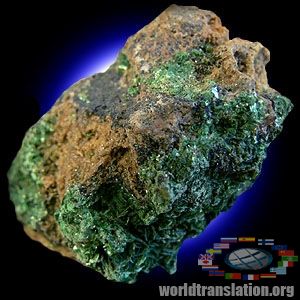 Uranium which is currently produced in the mines, is only the most part of what existing stations need. 45% of the fuel supplying Russian and American military, who get it from the transformation of military supplies, as well as large corporations, specializing in the production of electricity. Now, these sources are on the verge of exhaustion.
Uranium which is currently produced in the mines, is only the most part of what existing stations need. 45% of the fuel supplying Russian and American military, who get it from the transformation of military supplies, as well as large corporations, specializing in the production of electricity. Now, these sources are on the verge of exhaustion.
The International Energy Agency (IEA)  estimates that uranium should not be an obstacle in building a new nuclear capacities, considering that has already proven resources cover the need in the nuclear fuel until at least 2030. Moreover, IEA experts add: these calculations are made on the basis of the expected doubling of the consumption of uranium fuel of power units, which are already working (443 reactors in the world) .
estimates that uranium should not be an obstacle in building a new nuclear capacities, considering that has already proven resources cover the need in the nuclear fuel until at least 2030. Moreover, IEA experts add: these calculations are made on the basis of the expected doubling of the consumption of uranium fuel of power units, which are already working (443 reactors in the world) .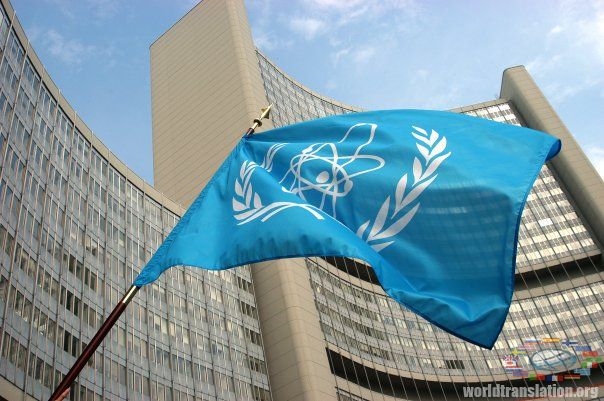 The Nuclear Energy Agency (NEA), which is part of the Organization for Economic Cooperation and Development (OECD), together with the International Atomic Energy Agency (IAEA) every two years make a single in the world inventory of power equipment. According to the latest report - agency estimates world reserves of uranium fuel, suitable for
The Nuclear Energy Agency (NEA), which is part of the Organization for Economic Cooperation and Development (OECD), together with the International Atomic Energy Agency (IAEA) every two years make a single in the world inventory of power equipment. According to the latest report - agency estimates world reserves of uranium fuel, suitable for 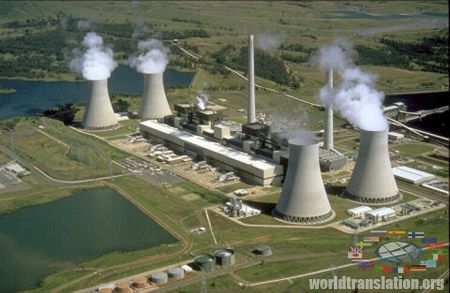 exploitation - 5.5 million tons. According to statements of geologists, ten million tons can be opened in areas containing uranium. If you compare this value to 5.5 million, with an annual consumption of nuclear power, which is equivalent to 70,000 tons, it is clear that these
exploitation - 5.5 million tons. According to statements of geologists, ten million tons can be opened in areas containing uranium. If you compare this value to 5.5 million, with an annual consumption of nuclear power, which is equivalent to 70,000 tons, it is clear that these 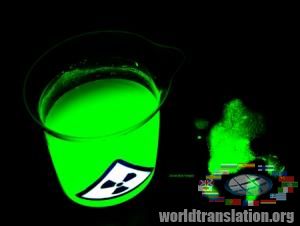 reserves will allow to exploit the current fleet of nuclear rectors yet for 80 years. What's next? Millions of tons concluded in phosphates, and billions of tons contained in ocean water may be suitable for use, despite the fact, that the technical and financial barriers are insurmountable to this day.
reserves will allow to exploit the current fleet of nuclear rectors yet for 80 years. What's next? Millions of tons concluded in phosphates, and billions of tons contained in ocean water may be suitable for use, despite the fact, that the technical and financial barriers are insurmountable to this day.
The data of specialists on nuclear energy do not convince skeptical environmentalists. In addition to the cost of power units, they are confused by the management of radioactive wastes, the risks of 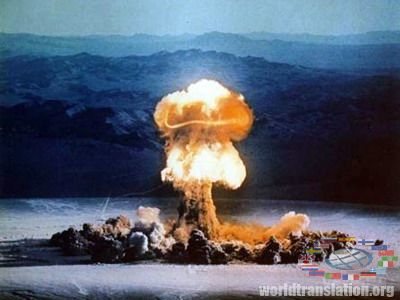 the accidents at the stations, and the spread of nuclear weapons. In addition, they refer to the geographical unevenness of distribution of reserves (thirteen countries have access to 93% of the uranium deposits in the world), which can cause a shutdown of all nuclear - power chain. The theory of peak of power production on non-renewable
the accidents at the stations, and the spread of nuclear weapons. In addition, they refer to the geographical unevenness of distribution of reserves (thirteen countries have access to 93% of the uranium deposits in the world), which can cause a shutdown of all nuclear - power chain. The theory of peak of power production on non-renewable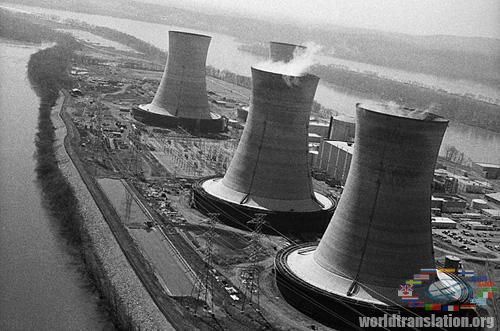 resources is true to the same extent for uranium, as for oil and gas. If uranium reserves are currently enough for several decades, it's not a reason to massively launch nuclear reactors , at least, to develop breeder reactor. Ecologists insist on this. At the same time we must not forget that at now all easily accessible deposits of uranium are exploited.
resources is true to the same extent for uranium, as for oil and gas. If uranium reserves are currently enough for several decades, it's not a reason to massively launch nuclear reactors , at least, to develop breeder reactor. Ecologists insist on this. At the same time we must not forget that at now all easily accessible deposits of uranium are exploited.
Now its harder to do this, than it was before, when it was enough to go with dosimeter to find uranium. In the world there are still unexplored places, 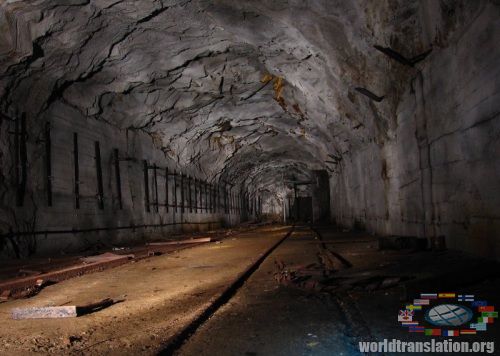 but they can not be called hospitable: the Far East of Russia, the Arctic Circle in Canada, some countries in Africa, Central Asia, the Amazon basin in Brazil. If the resumption exploration works can be called real, the development of uranium deposits goes in slower pace. Sharply increased cost of launching of mines, especially if in a few decades they were not working. Also some time will take the preparation of specialists in this field.
but they can not be called hospitable: the Far East of Russia, the Arctic Circle in Canada, some countries in Africa, Central Asia, the Amazon basin in Brazil. If the resumption exploration works can be called real, the development of uranium deposits goes in slower pace. Sharply increased cost of launching of mines, especially if in a few decades they were not working. Also some time will take the preparation of specialists in this field.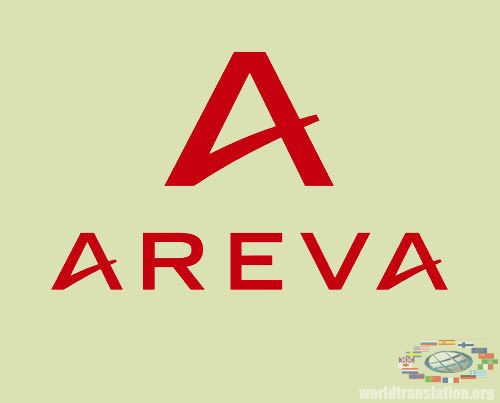 With regard to the fight, which is carried out for the right to work on uranium deposits, it is daily becoming more and more ruthless. The days when Western companies received 100% of the rights to develop, have long been in the past: the producing countries want to receive the best price for their resources. French company Areva has lost its monopoly in Nigeria. They
With regard to the fight, which is carried out for the right to work on uranium deposits, it is daily becoming more and more ruthless. The days when Western companies received 100% of the rights to develop, have long been in the past: the producing countries want to receive the best price for their resources. French company Areva has lost its monopoly in Nigeria. They 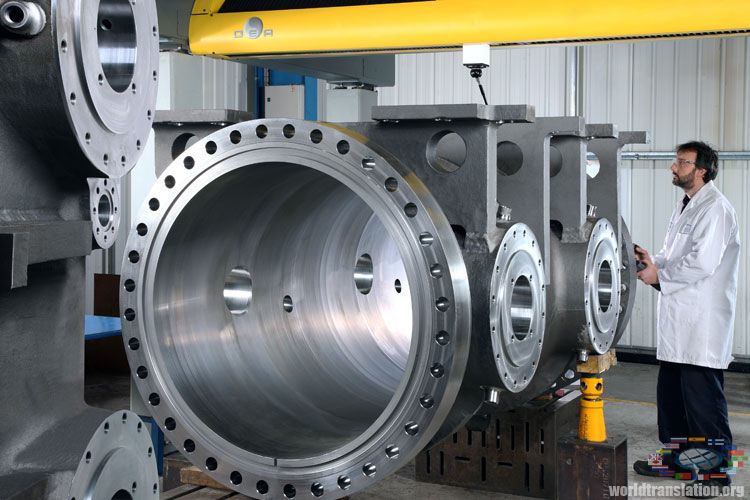 needed a whole year out to get permission for Imuraren deposit, on which also pretended Canadians and Chinese. More and more enterprises compete among themselves for this market, vertically integrated companies working by scheme: mine - fuel
needed a whole year out to get permission for Imuraren deposit, on which also pretended Canadians and Chinese. More and more enterprises compete among themselves for this market, vertically integrated companies working by scheme: mine - fuel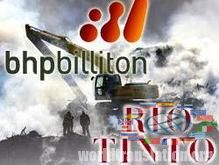 – reactor - transformation of nuclear fuel (Areva); manufacturers of nuclear reactors (Toshiba-Westinghouse); companies developing mines (BHP Billiton, Rio Tinto); companies producing electricity that would like to provide themselves with fuel for a long time. After rising of the price to $ 130 in 2007, uranium companies have begun to appear on the market as
– reactor - transformation of nuclear fuel (Areva); manufacturers of nuclear reactors (Toshiba-Westinghouse); companies developing mines (BHP Billiton, Rio Tinto); companies producing electricity that would like to provide themselves with fuel for a long time. After rising of the price to $ 130 in 2007, uranium companies have begun to appear on the market as 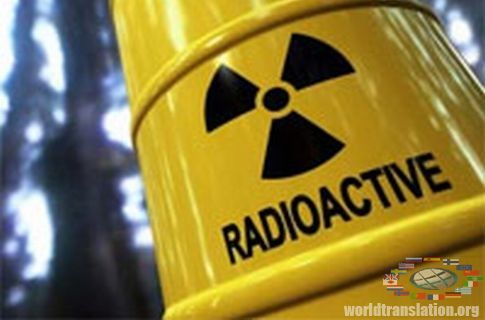 mushrooms after rain. Their number exceeded 700. When the price has dropped to 50, these startups vanished into the air. The financial crisis has pulled down reports of many companies, but supporters of nuclear power are still optimistic. They believe that nuclear energy and uranium have the future. Radioactive.
mushrooms after rain. Their number exceeded 700. When the price has dropped to 50, these startups vanished into the air. The financial crisis has pulled down reports of many companies, but supporters of nuclear power are still optimistic. They believe that nuclear energy and uranium have the future. Radioactive.
Video: "Inside Chernobyl"